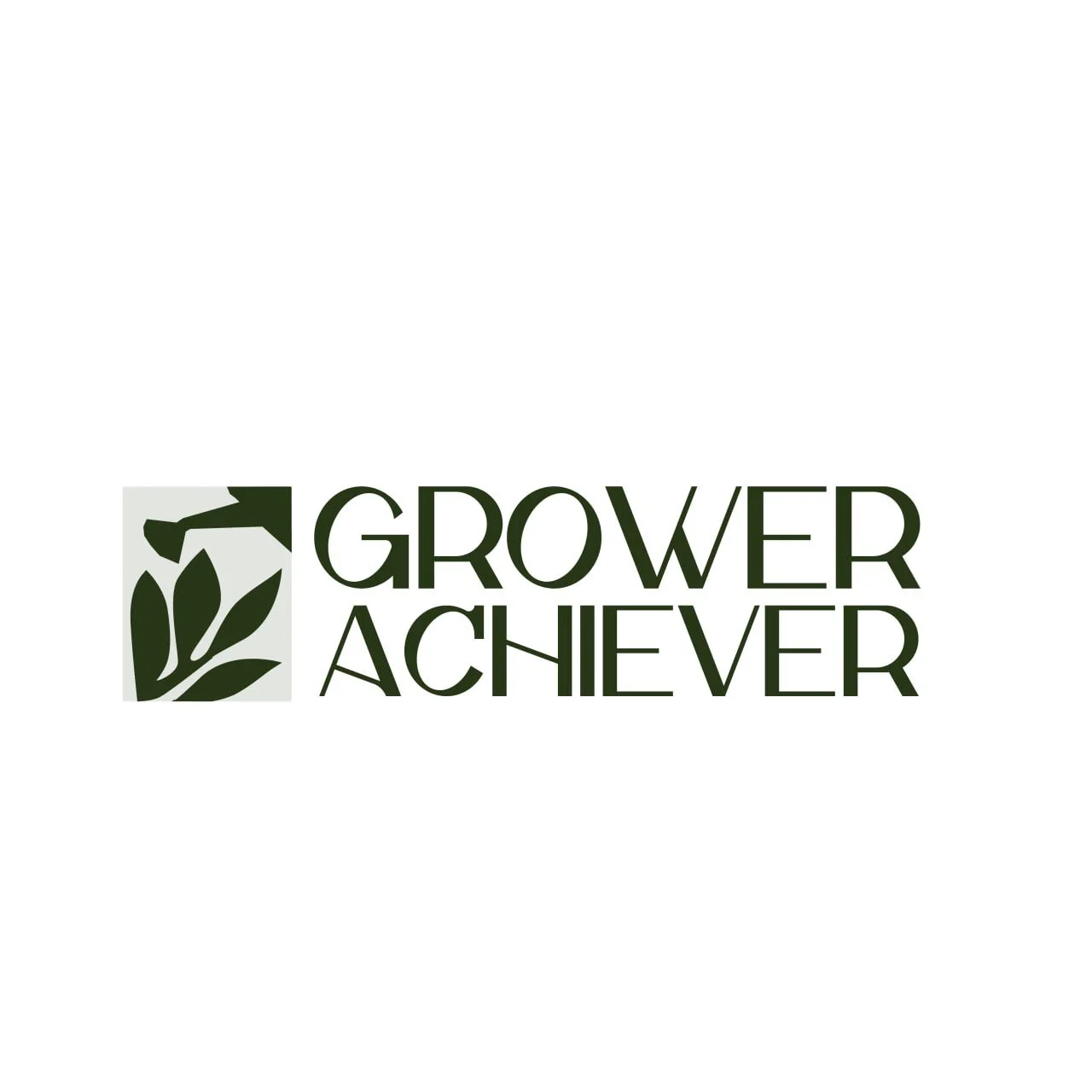Mittleider Gardening: Transform Your Garden with This Proven Method
Mittleider gardening has revolutionized how home gardeners approach vegetable production, offering a systematic method that consistently delivers high yields in minimal space. This innovative approach, developed by Dr. Jacob Mittleider, combines the best aspects of traditional soil gardening with hydroponic principles to create a highly efficient growing system.
What Makes Mittleider Gardening Different?
The Mittleider method stands apart from conventional gardening through its precise approach to plant nutrition and spacing. Unlike organic gardening that relies heavily on composted organic matter, Mittleider gardening uses complete mineral nutrients to feed plants exactly what they need, when they need it.
This method emphasizes three core principles: proper soil preparation, precise fertilization, and optimal plant spacing. By following these guidelines, gardeners can achieve yields that often exceed traditional methods by 3-4 times while using less water and space.
Essential Mittleider Gardening Techniques
Soil Preparation
The foundation of successful Mittleider gardening lies in proper soil preparation. The method requires creating raised beds that are exactly 18 inches wide with 24-inch walkways between them. This precise spacing ensures optimal root development and easy access for maintenance.
Before planting, the soil must be amended with a pre-plant mix that includes lime, gypsum, and other minerals. This creates an ideal growing medium that provides consistent nutrition throughout the growing season.
The Mittleider Fertilization System
One of the most distinctive aspects of Mittleider gardening is its fertilization approach. The method uses two specific fertilizer blends: a pre-plant mix applied before planting and a weekly feed applied throughout the growing season.
For lime or gypsum, consider sourcing from quality suppliers like Grow Organic, which offers some fertilizer options suitable for the Mittleider method.
Irrigation and Water Management in Mittleider Gardening
Proper watering is crucial for Mittleider gardening success. The method recommends using drip irrigation or soaker hoses to deliver water directly to plant roots while keeping foliage dry. This approach reduces disease problems and ensures efficient water usage. Consider using pulse irrigation techniques to achieve the greatest amount of gardening success.
Installing a quality irrigation system is essential for maintaining consistent moisture levels. DripWorks provides excellent drip irrigation solutions that work perfectly with the Mittleider method's precise watering requirements.
Mittleider Gardening Plant Spacing and Layout
The Mittleider method uses specific plant spacing recommendations that maximize yield while ensuring adequate air circulation. Plants are arranged in precise patterns within the 18-inch beds, with spacing determined by the mature size of each crop.
Smaller crops like lettuce and radishes can be planted closer together, while larger plants like tomatoes and peppers require more space. This systematic approach eliminates guesswork and ensures optimal growing conditions for each plant.
Benefits of the Mittleider Gardening Method
Gardeners who adopt Mittleider techniques consistently report several key advantages:
Higher yields per square foot compared to traditional gardening methods make this approach ideal for urban gardeners with limited space. The precise nutrition program promotes healthier plants that are more resistant to pests and diseases.
Water efficiency is another significant benefit, as the method's irrigation techniques reduce water waste while maintaining optimal soil moisture. The systematic approach also makes garden maintenance more manageable, with clear guidelines for feeding, watering, and spacing.
Getting Started with Mittleider Gardening
Beginning your Mittleider gardening journey requires careful planning and attention to detail. Start by selecting an appropriate location that receives at least 6-8 hours of direct sunlight daily. The area should have good drainage and be protected from strong winds.
Invest in quality materials for bed construction, soil amendments, and irrigation systems. While the initial setup requires more investment than traditional gardening, the increased yields and reduced maintenance make it worthwhile long-term.
For personalized guidance on implementing Mittleider techniques in your specific growing conditions, consider consulting with experienced professionals who can provide garden and farm consultations tailored to your needs.
Advanced Mittleider Gardening Strategies
Once you've mastered the basics, advanced Mittleider gardening techniques can further improve your results. Succession planting ensures continuous harvests throughout the growing season, while companion planting strategies can maximize space utilization.
Temperature management becomes crucial in different climates, with season extension techniques allowing year-round production in many areas. The method's precise nutrition program also enables successful growing of specialty crops that might struggle in traditional gardens.
Common Mittleider Gardening Mistakes to Avoid
New practitioners often make several common errors that can limit success. Over-fertilizing is a frequent problem, as the method's precise nutrition program requires exact measurements rather than the "more is better" approach.
Improper bed construction can lead to drainage issues and poor plant performance. The 18-inch bed width isn't arbitrary – it's specifically designed to optimize root development and harvest accessibility.
Inconsistent watering can also undermine results, making a reliable irrigation system essential for success. The method requires consistent moisture levels rather than the infrequent watering patterns common in traditional gardening.
Seasonal Considerations for Mittleider Gardening
Different seasons require adjustments to the basic Mittleider approach. Spring preparation involves soil testing and amendment application, while summer management focuses on consistent watering and pest monitoring.
Fall gardening extends the growing season with appropriate crop selection and protection strategies. Winter planning includes soil preparation for the following year and equipment maintenance.
The method's flexibility allows adaptation to various climate zones, with modifications for everything from desert conditions to humid subtropical environments. According to research from Utah State University Extension, proper application of these principles can increase garden productivity dramatically regardless of location.
Conclusion
Mittleider gardening offers a proven path to garden success through its systematic approach to plant nutrition, spacing, and care. By following these time-tested principles, gardeners can achieve remarkable results while using resources more efficiently than traditional methods.
The key to success lies in careful attention to detail and consistent application of the method's core principles. With proper implementation, Mittleider gardening can transform any growing space into a highly productive food production system that provides fresh vegetables throughout the growing season.

